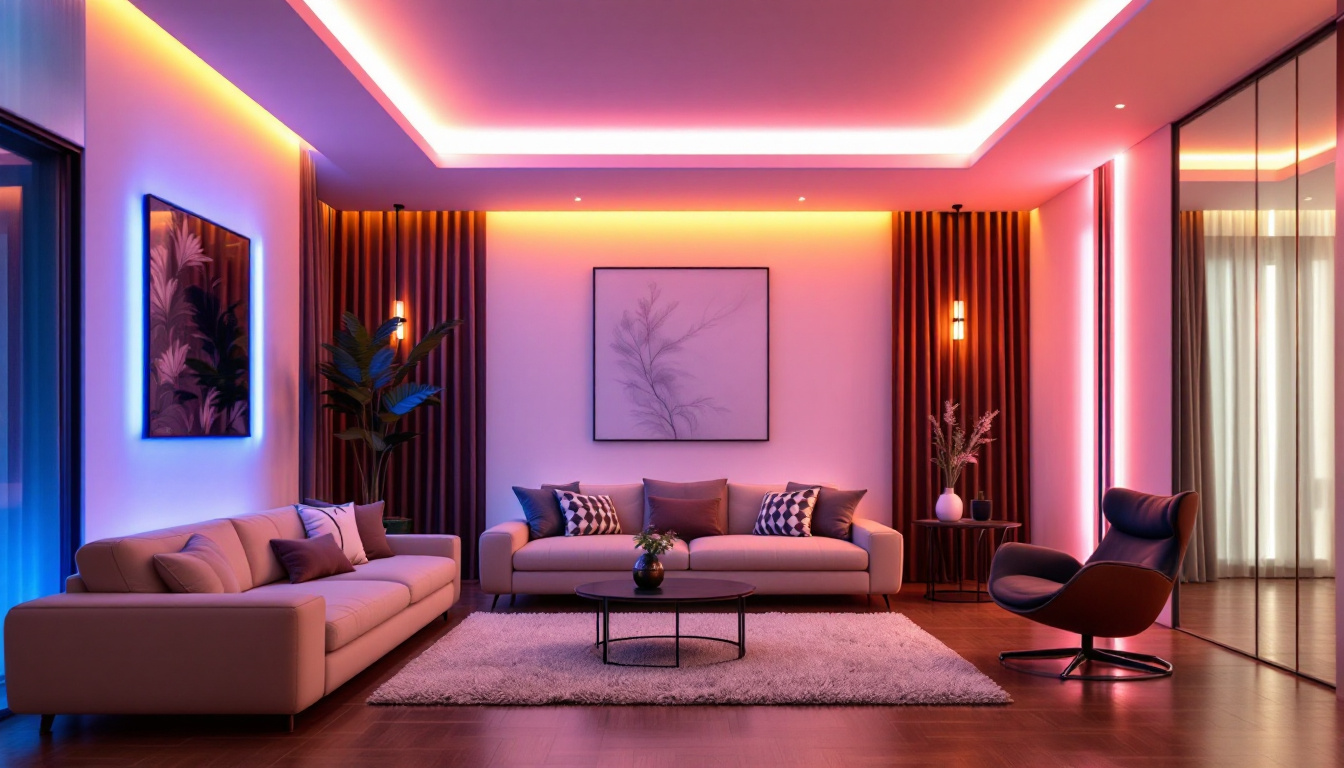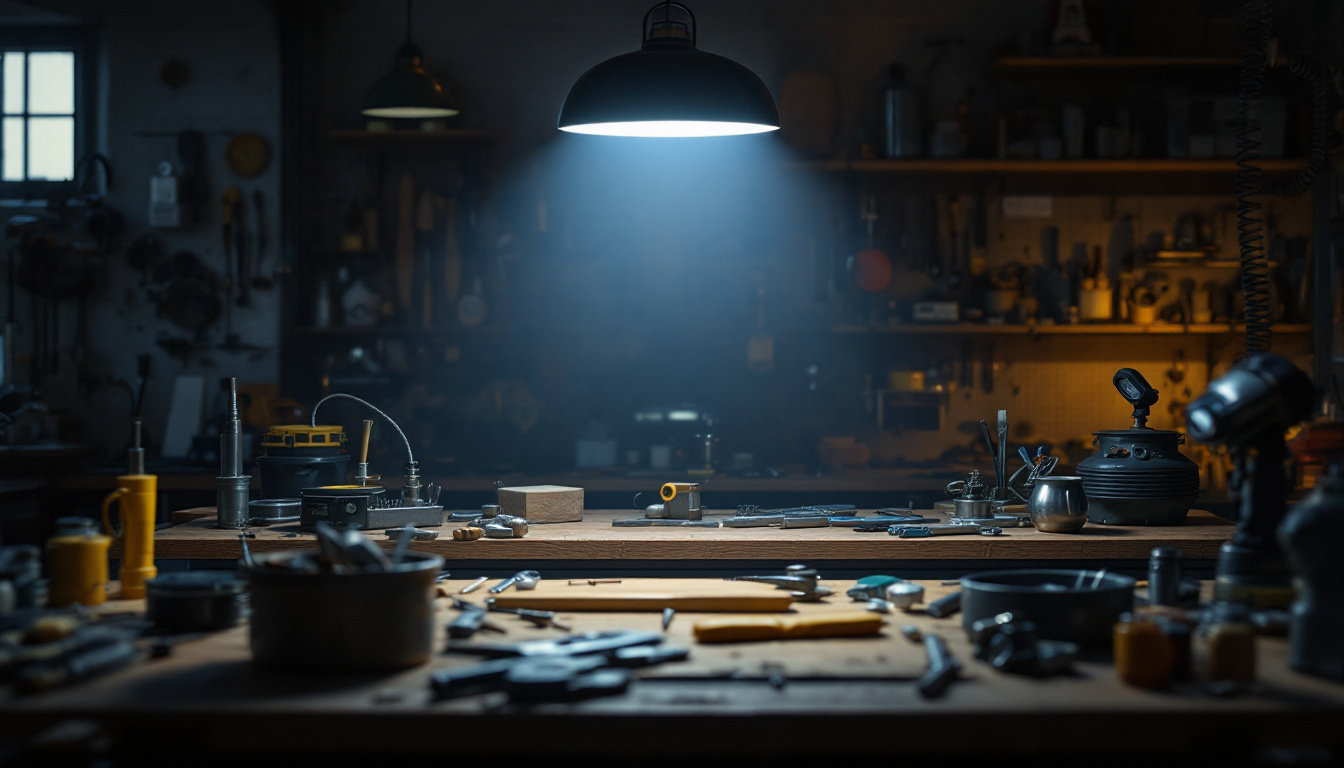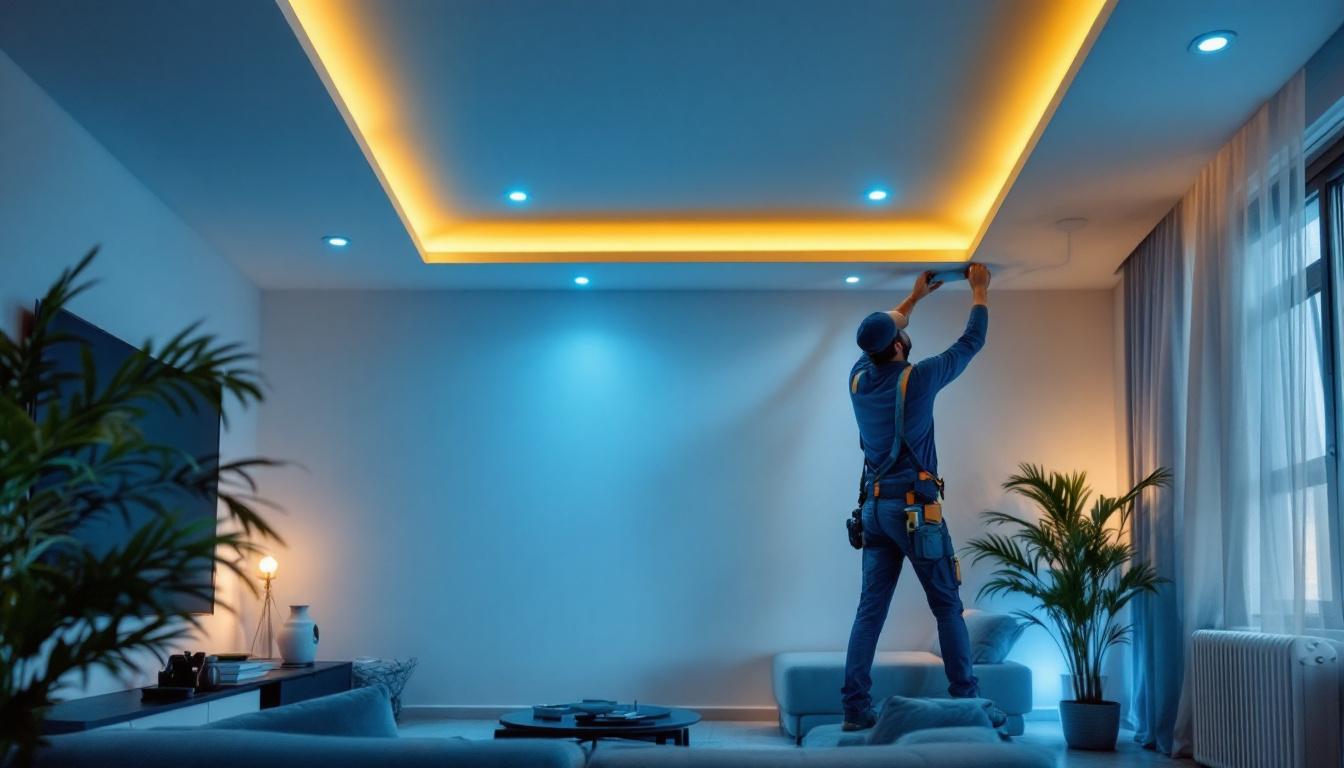
In the evolving world of lighting technology, contractors are often tasked with navigating a myriad of options when it comes to light bulbs and fixtures. Understanding the nuances of standard light bulb bases is essential for ensuring compatibility, efficiency, and optimal performance. This article delves into various hacks and tips that can aid lighting contractors in their projects, enhancing both their expertise and the satisfaction of their clients.
Standard light bulb bases come in various types, each designed for specific applications and fixtures. The most common types include the Edison screw (E26, E27), bayonet (B22), and bi-pin bases. Familiarity with these bases is crucial for any lighting contractor, as it directly impacts the selection of bulbs and the overall effectiveness of the lighting solution.
The Edison screw base is perhaps the most recognizable type of light bulb base. Available in different sizes, the E26 and E27 are the most prevalent in residential and commercial applications. Understanding the specifications of these bases can help contractors make informed decisions about bulb replacements and upgrades.
When working with Edison screw bases, contractors should be aware of the wattage and voltage ratings of the bulbs being used. This knowledge ensures that the lighting system operates efficiently and safely, preventing issues such as overheating or electrical failures. Additionally, the Edison screw base has evolved to accommodate various technologies, including incandescent, LED, and CFL bulbs, allowing for greater flexibility in lighting design and energy efficiency.
Bayonet bases, particularly the B22 type, are commonly found in many regions outside North America. These bases utilize a simple push-and-twist mechanism to secure the bulb in place, offering a reliable connection. For contractors, understanding how to install and replace bayonet bulbs can be a valuable skill, especially when working on international projects.
One of the advantages of bayonet bases is their ability to provide a secure fit, minimizing the risk of bulbs loosening over time. However, contractors should also be aware of the limitations, such as compatibility with specific fixtures and the availability of energy-efficient options. Moreover, bayonet bases are often favored for their durability in high-vibration environments, making them suitable for applications like automotive lighting or in areas prone to movement. This robustness can be a selling point for contractors looking to provide reliable lighting solutions in challenging conditions.
Bi-pin bases, including the GU10 and G4 types, are another important category of light bulb bases. These bases feature two pins that fit into corresponding sockets, providing a stable connection for various lighting applications, particularly in recessed and track lighting setups. Bi-pin bases are especially popular in commercial settings, where directional lighting is often required to highlight specific areas or products.
Contractors should also consider the voltage requirements for bi-pin bases, as they can vary significantly between low-voltage and line-voltage applications. This distinction can affect the choice of transformers and other components in the lighting system. Additionally, bi-pin bulbs are available in a range of styles, including halogen and LED options, allowing for customization based on the desired ambiance and energy efficiency goals. Understanding these nuances can empower contractors to deliver tailored lighting solutions that meet both aesthetic and functional needs.
Selecting the appropriate bulb for a given base is a critical aspect of any lighting project. With the rise of LED technology, contractors now have access to a wider range of options that can enhance energy efficiency and longevity.
LED bulbs have revolutionized the lighting industry, offering significant advantages over traditional incandescent and fluorescent bulbs. For contractors, recommending LED options can lead to increased customer satisfaction due to their longer lifespan and lower energy consumption.
When advising clients, it’s essential to discuss the benefits of LED bulbs, including their dimming capabilities, color temperature options, and instant-on features. Additionally, understanding the compatibility of LED bulbs with different bases ensures that contractors can provide tailored solutions for each project.
Another important factor in bulb selection is color temperature, which can significantly affect the ambiance of a space. Ranging from warm white (around 2700K) to cool daylight (up to 6500K), the choice of color temperature can influence mood and functionality.
Contractors should consider the intended use of the space when recommending color temperatures. For example, warm white is often preferred in residential settings for a cozy feel, while cooler temperatures may be more suitable for workspaces or retail environments. Understanding these nuances can enhance the contractor’s reputation as a knowledgeable professional.
Efficiency during installation can save time and reduce costs, making it a crucial aspect of a contractor’s workflow. Implementing a few simple hacks can streamline the process and improve overall project outcomes.
Before starting any installation, thorough preparation is key. This includes gathering all necessary tools and materials, as well as reviewing the project specifications. By having everything on hand, contractors can minimize delays and ensure a smooth installation process.
Additionally, creating a checklist of tasks can help contractors stay organized and focused. This checklist can include steps such as verifying the compatibility of fixtures and bulbs, ensuring proper electrical connections, and conducting safety checks.
In the age of technology, utilizing smart tools can enhance the efficiency of installations. For instance, laser levels and smart measuring devices can help ensure precise placements of fixtures, reducing the risk of errors.
Moreover, smart lighting control systems can be integrated during installation, allowing for seamless operation and enhanced user experience. Familiarizing oneself with these technologies can set contractors apart from competitors, showcasing their commitment to modern solutions.
Safety should always be a top priority for lighting contractors. Adhering to safety standards not only protects the contractor but also ensures the safety of the clients and their property.
Every region has specific electrical codes that govern lighting installations. Contractors must stay informed about these regulations to ensure compliance. This knowledge can prevent costly mistakes and potential hazards.
Regularly reviewing local codes and regulations is advisable, as they may change over time. Attending workshops or training sessions can also help contractors stay up-to-date on the latest safety practices and technologies.
Proper handling of light bulbs and fixtures is essential to avoid damage and ensure safety. Contractors should educate themselves and their teams on the best practices for handling fragile items, including using protective gear and following manufacturer guidelines.
Additionally, understanding the importance of proper disposal methods for old bulbs, particularly those containing hazardous materials like mercury, is crucial. Implementing environmentally friendly disposal practices can enhance a contractor’s reputation as a responsible professional.
smart lighting solutions are becoming increasingly popular, offering enhanced control and customization for users. Contractors who can integrate these technologies into their projects will likely find themselves in high demand.
Smart lighting systems allow users to control their lighting through apps or voice commands, providing convenience and flexibility. Familiarizing oneself with various smart lighting products and their compatibility with standard bases is essential for successful installations.
Contractors should also consider the benefits of smart lighting, such as energy savings, enhanced security features, and the ability to create customized lighting scenes. Educating clients on these advantages can lead to increased sales and satisfied customers.
When installing smart lighting systems, contractors should ensure that all components are compatible with existing fixtures and wiring. This may involve checking the electrical load and ensuring that the smart devices can handle the wattage of the bulbs being used.
Additionally, providing clients with clear instructions on how to operate their new smart lighting systems can enhance their experience. Offering follow-up support or tutorials can further solidify the contractor’s relationship with the client.
The lighting industry is constantly evolving, with new technologies and trends emerging regularly. Staying informed about these developments can help contractors remain competitive and offer cutting-edge solutions to their clients.
LED technology continues to advance, with improvements in efficiency, color rendering, and lifespan. Contractors should keep an eye on emerging products that offer enhanced features, such as tunable white LEDs that allow users to adjust color temperatures based on the time of day.
By staying informed about these advancements, contractors can provide clients with the latest options that meet their needs while also promoting energy efficiency and sustainability.
The Internet of Things (IoT) is making its way into the lighting industry, enabling interconnected lighting systems that can be controlled remotely. Contractors should explore how IoT can enhance their offerings, providing clients with smart solutions that integrate seamlessly into their daily lives.
Understanding the implications of IoT in lighting can also open up new avenues for contractors, such as offering maintenance services for smart systems or providing upgrades for existing installations.
For lighting contractors, mastering the intricacies of standard light bulb bases and the associated technologies is essential for success in the industry. By understanding the various types of bases, selecting the right bulbs, implementing efficient installation practices, and staying informed about emerging trends, contractors can enhance their expertise and provide exceptional service to their clients.
Embracing smart lighting solutions and prioritizing safety will further solidify a contractor’s reputation as a knowledgeable and reliable professional. In a competitive market, these skills and insights can make all the difference, ensuring that contractors not only meet but exceed the expectations of their clients.
Ready to elevate your lighting projects with the best products on the market? Look no further than LumenWholesale. Our extensive selection of spec-grade lighting products is designed to meet the highest industry standards, ensuring you deliver exceptional service to your clients. With unbeatable wholesale prices and the convenience of free shipping on bulk orders, you can trust LumenWholesale to provide premium lighting solutions at the best value. Don’t compromise on quality or cost—explore our collection today and experience the perfect blend of quality, affordability, and convenience.

Discover why LED strip lights for ceilings are transforming lighting projects into stunning successes.

Discover how LED workshop lights can transform your workspace with superior illumination.

Discover the latest housing recessed lighting trends every contractor must know. Learn how to enhance space, boost efficiency, and stay ahead—read now!.

Discover how LED indoor flood lights can revolutionize your lighting contracting business.